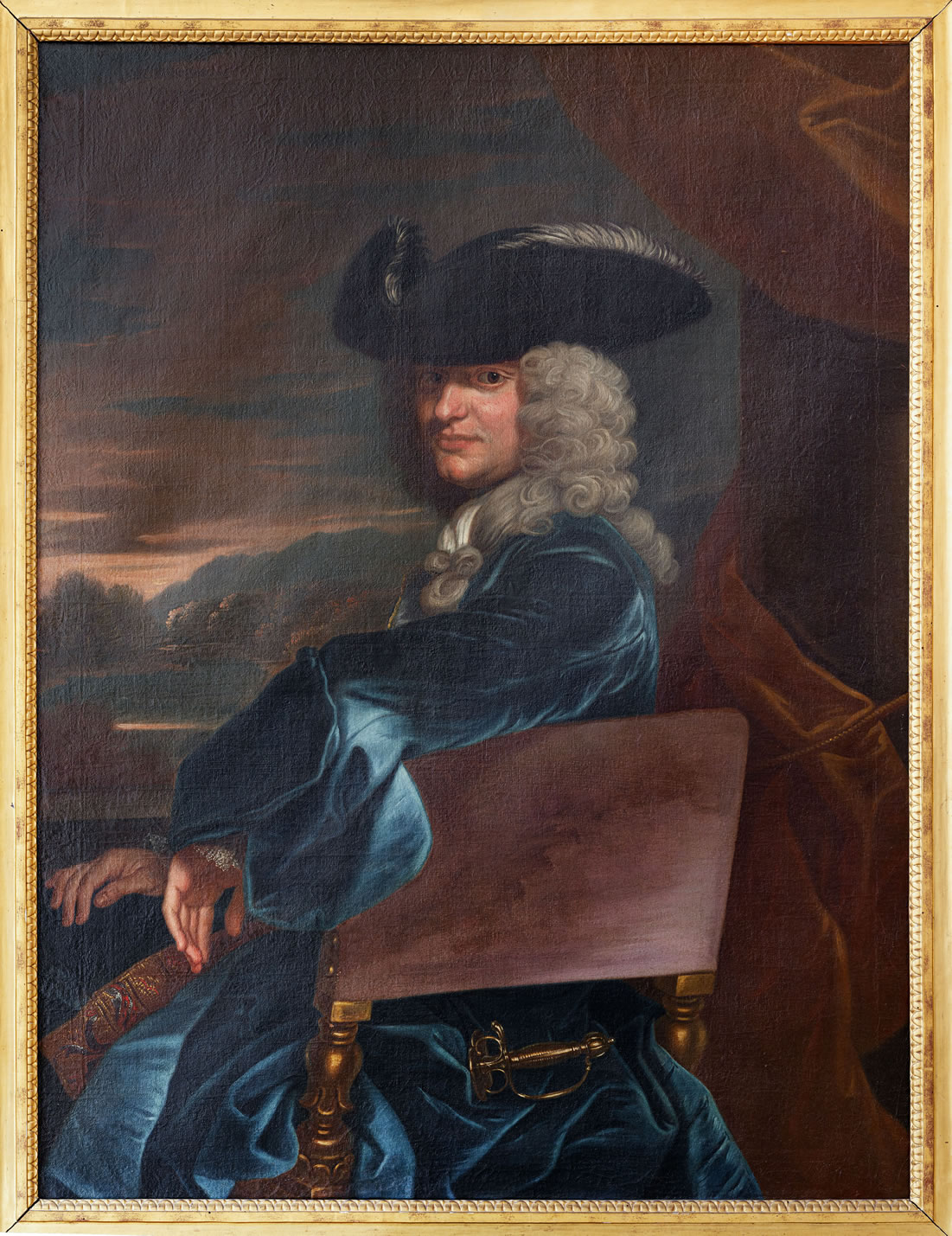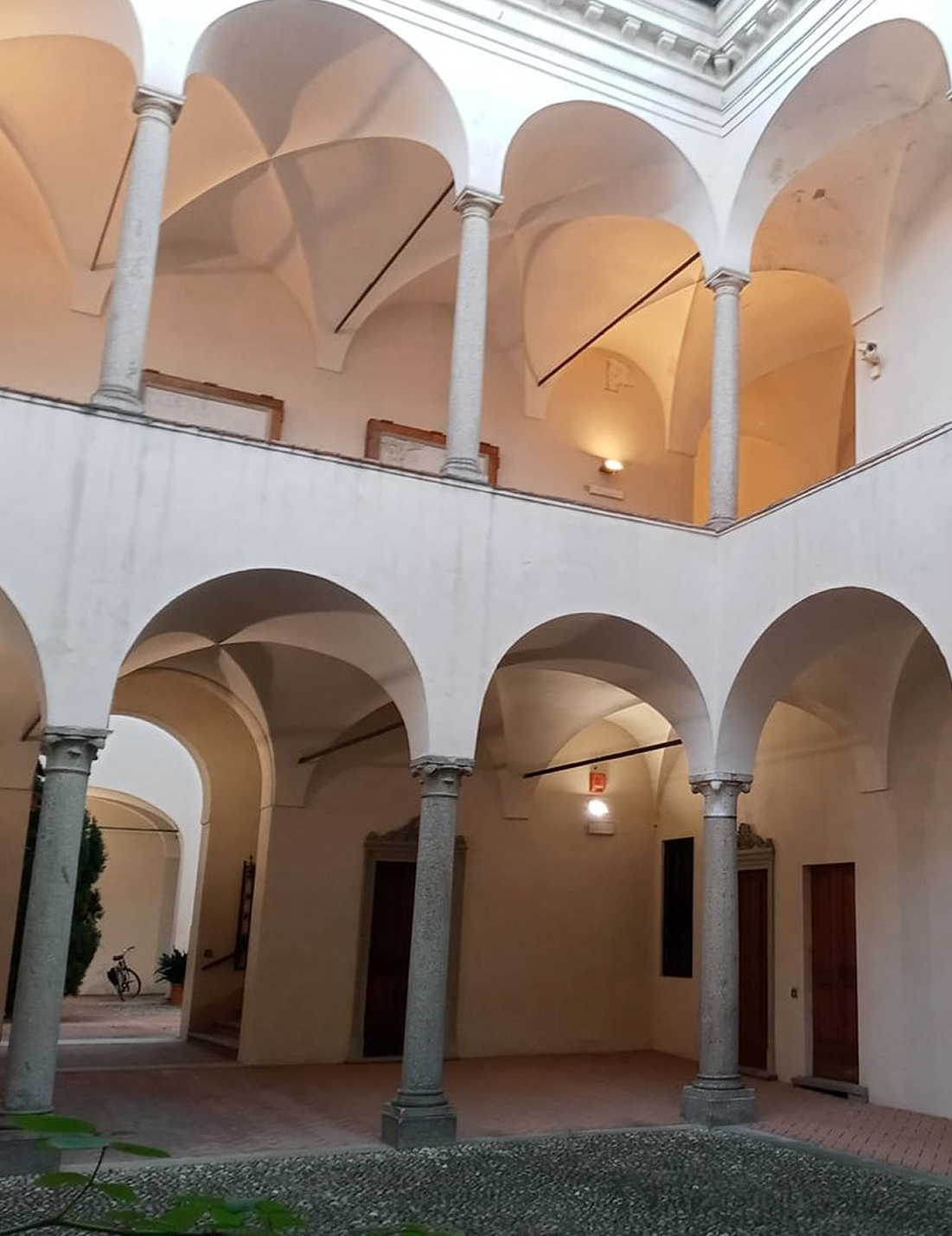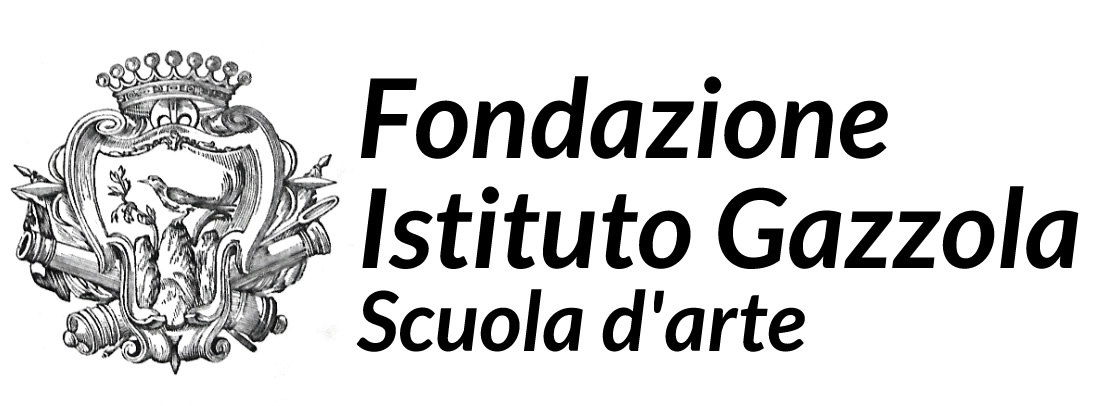The art school and the museum
In his wills, Count Felice Gazzola (Parmigiana di San Polo, Piacenza, 1698 – Madrid, 1780) stipulated that almost all of his movable and immovable property should be sold to establish dowries for poor maidens and scholarships for six young boys from Piacenza with remarkable artistic talent.
The Count had enlisted in 1733 in the army of Charles of Bourbon and had followed him first to Naples and then to Madrid, demonstrating considerable military skill.
However, he was not only an expert in artillery, a competence which had led him to found the Artillery Academy in Segovia: he was also very knowledgeable about furniture, tapestries and upholstery (he actively took part in furnishing the Royal Palace in Madrid), archaeology (he promoted the excavations and surveys in Paestum) and art (he offered his patronage to Giambattista Tiepolo in Spain and assembled a rich collection of paintings, drawings and engravings, in addition to a large library).
In 1781, a year after this multifaceted patrician’s death and the opening of his will, his wishes were carried out by a group of noblemen he had chosen. They soon realised the necessity of establishing a real school within the Gazzola palace, which had escaped the sale of the properties in Piacenza.
The school only began to function at the end of the 18th century. The best students had the opportunity to further expand their education with a stay in Rome, welcomed by the painter Gaspare Landi from Piacenza.
The school is housed in the building in via Gazzola to this day. An additional floor meant to house classrooms featuring large windows was built in the second half of the 19th century. Generations of artists from Piacenza were trained here, and still today eighty students – this is, in fact, the maximum number allowed by the premises – attend its afternoon courses in ornamental design and perspective, figure drawing, sculpture, engraving techniques and art history.
An archive, which allows to reconstruct the passage and training of pupils and teachers, and a museum, established during the 19th century, are also linked to the school.
In 1838, the Istituto Gazzola acquired, through the bequest of Dr. Cesare Martelli, forty-two paintings, including works by Antonio Campi, Gian Mauro Della Rovere, known as the Fiamminghino, Luigi Miradori, Domenico Piola, Giovanni Andrea De Ferrari, Bonifacio dei Pitati, Mattia Preti, Giuseppe Maria Crespi and Luigi Mussi.
The Martelli bequest was followed by others, which enriched the Museum with works such as The Meeting of Hector and Andromache and Hector Reproaching Paris, two of Landi’s best paintings.
The Museo Gazzola also offers a rich overview of Piacenza painting between the 19th and 20th centuries, with works by Carlo Maria Viganoni, Lorenzo Toncini, Bernardino Pollinari, Stefano Bruzzi, Emilio Perinetti, Francesco Ghittoni and others.
In addition to the paintings, there are around forty sculptures, two thousand drawings and engravings, as well as about one hundred plaster casts of statues and bas-reliefs, mostly brought from Rome by Viganoni in 1830.
Since the 1970s, the Museum has loaned the extremely rich armoury of Count Antonio Parma, a painting by Lorenzo Toncini and one by Bernardino Pollinari, and a marble bust depicting a female figure to the Musei Civici di Palazzo Farnese.
In 2017, the Museum welcomed the Besner Decca donation: over 200 pieces of African Art, including masks, objects, statuettes of large, medium and small size, bracelets, cabinet doors, totems.
A true cultural and artistic reference point for the townspeople, from 1903 until the 1960s the Museum housed Piacenza’s first city museum, which included the collection of the Collegio Alberoni and the one of the Municipality.


